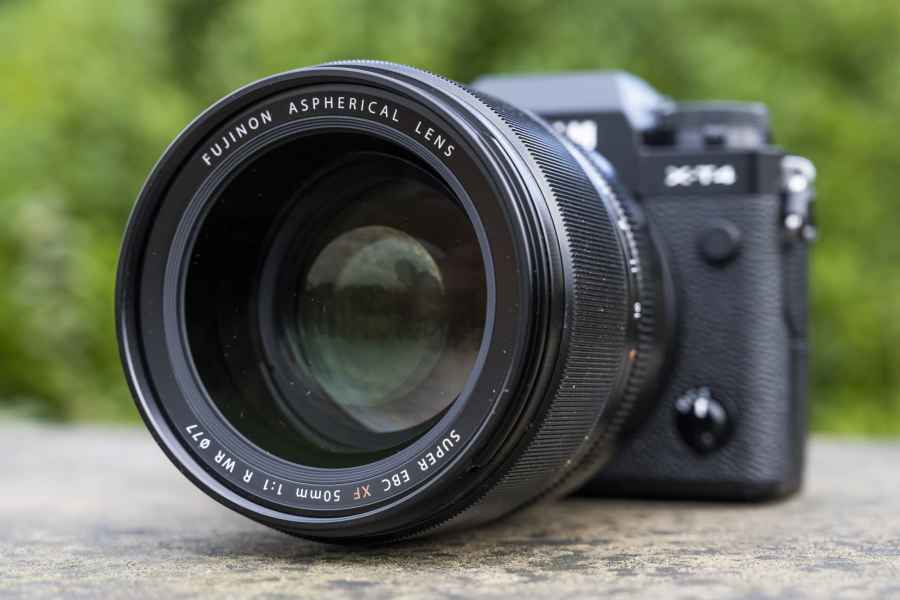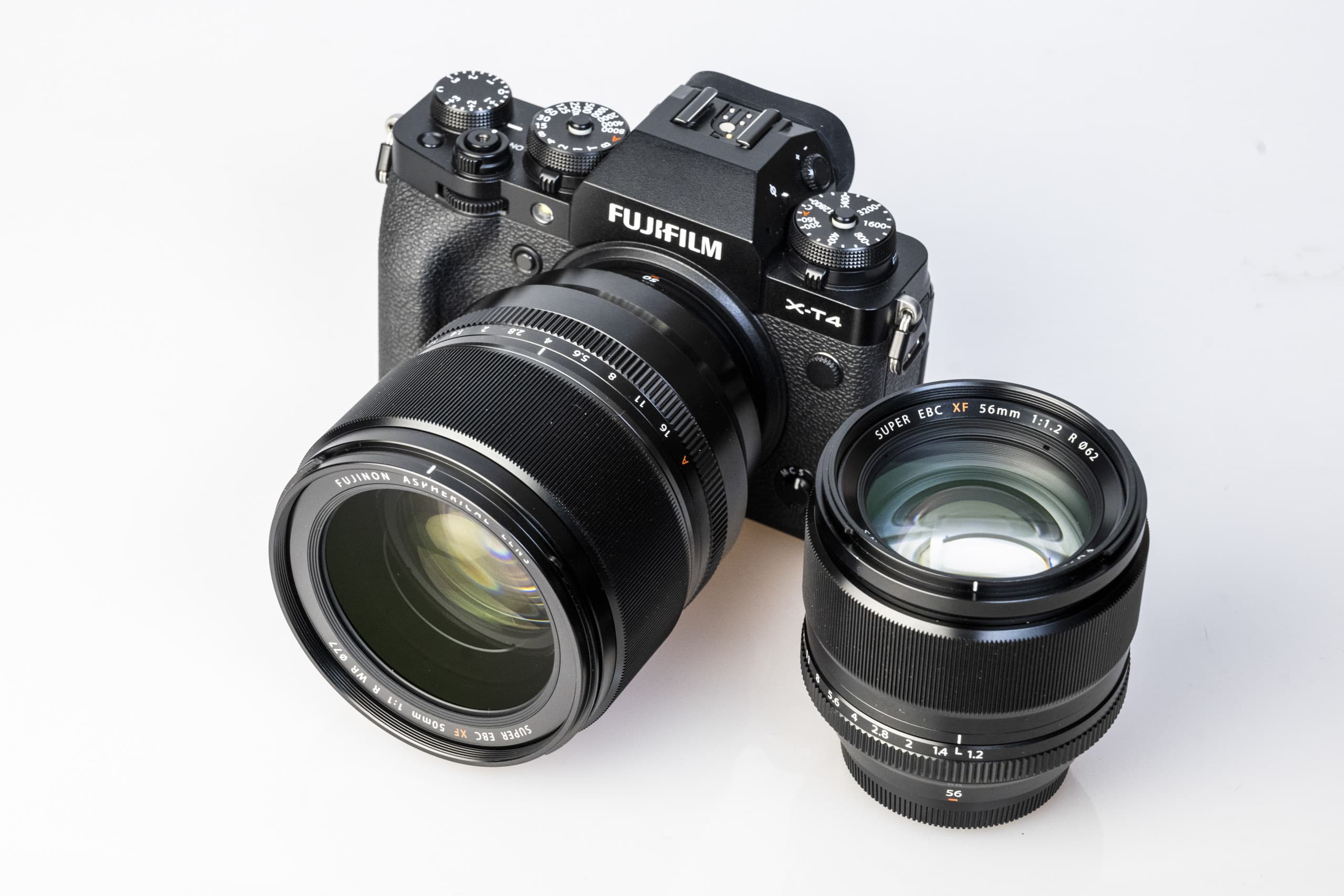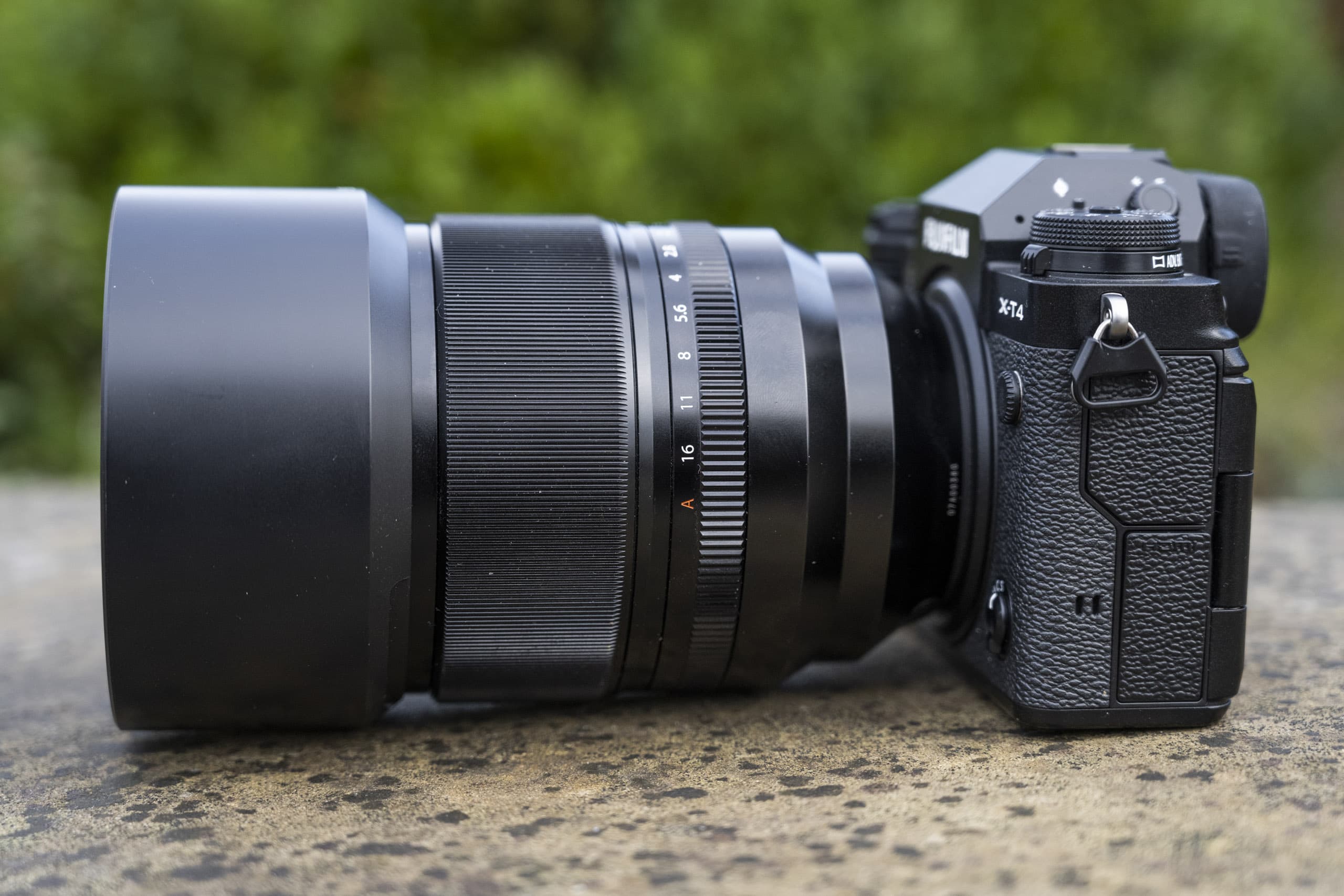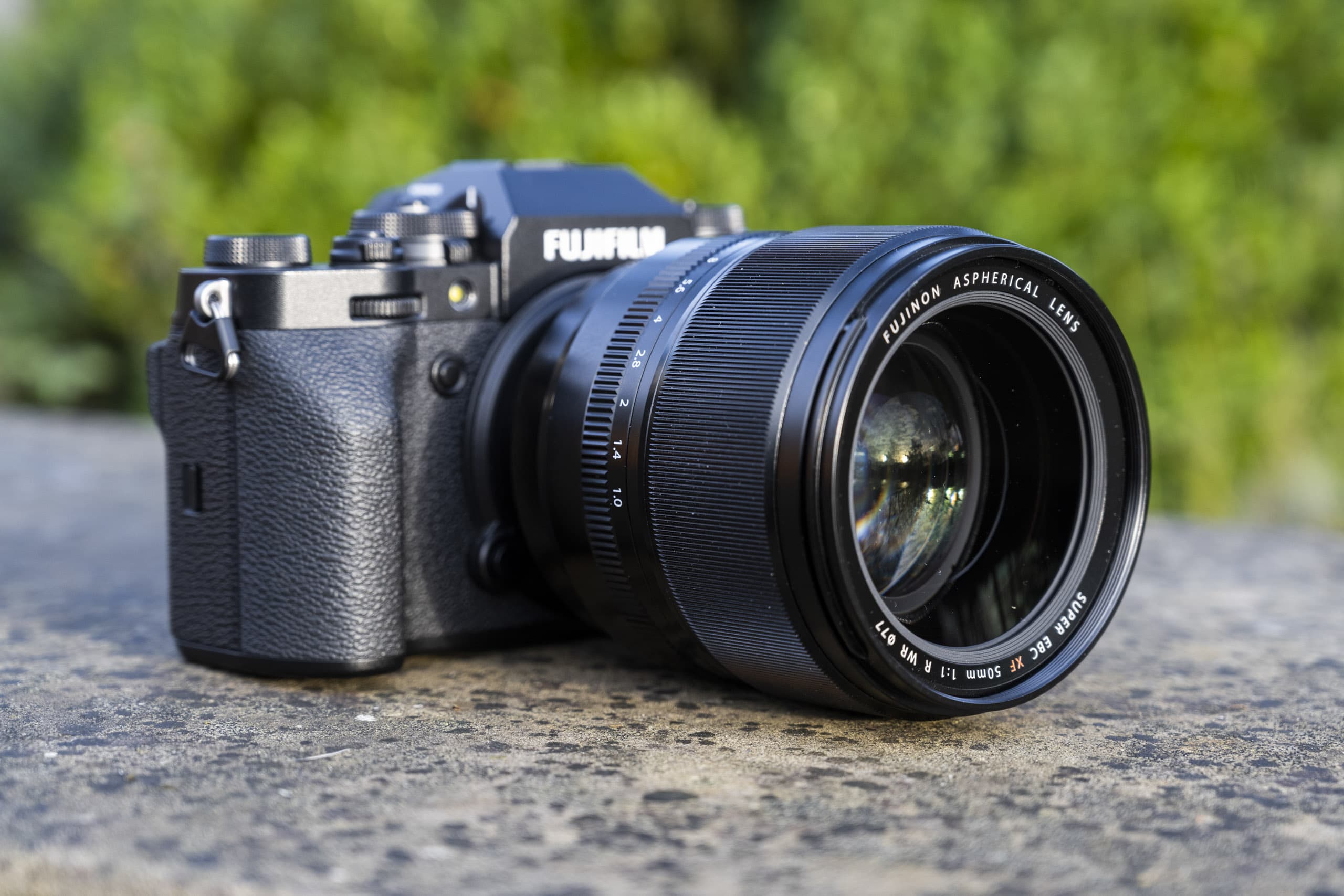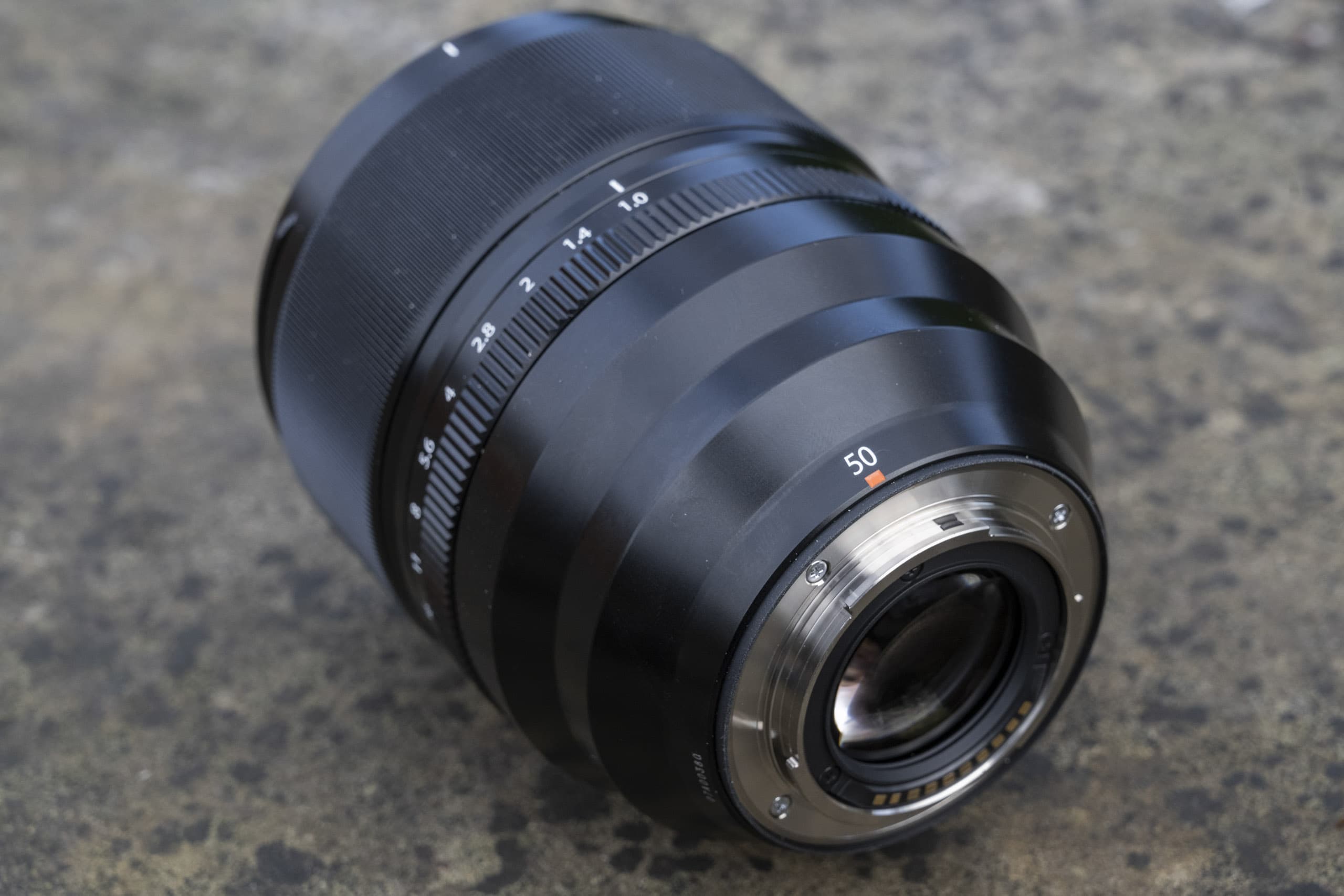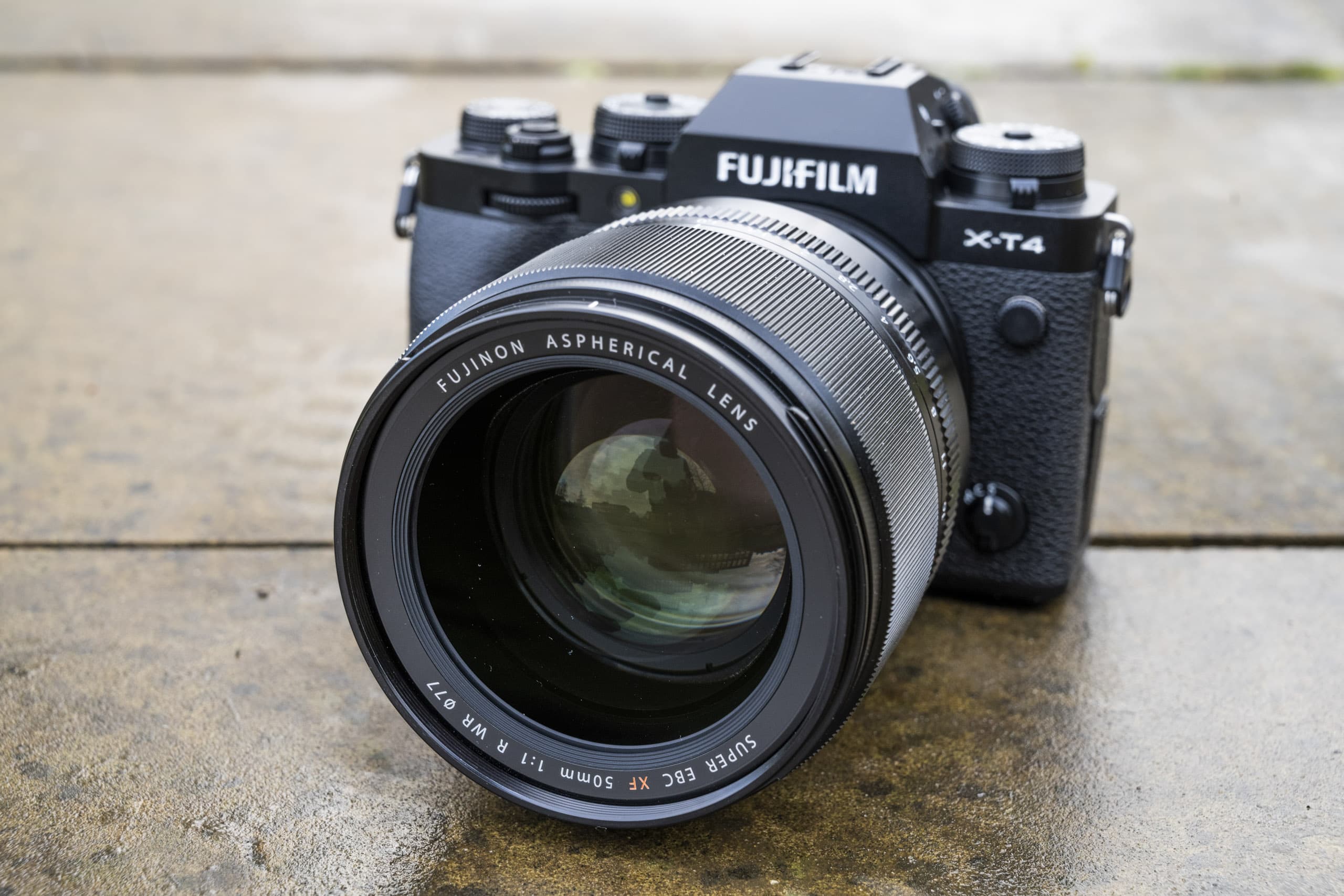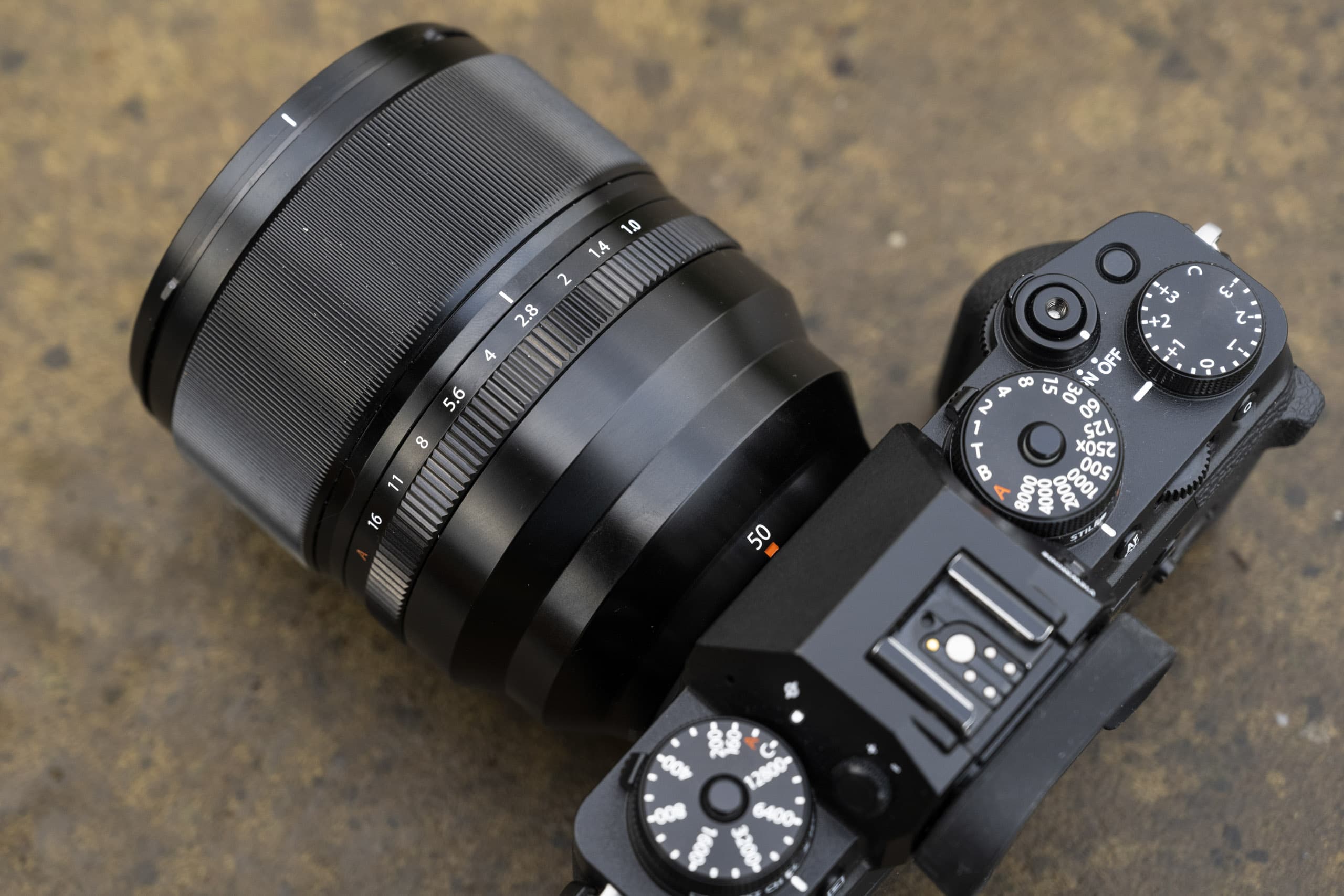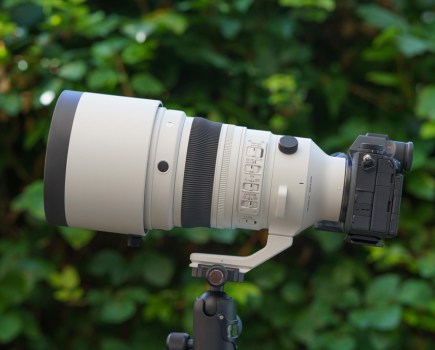Ask Fujifilm users what their favourite lens is and you’re likely to get a variety of different answers. Ask the same question to users of X-series cameras who have a love for portraiture, reportage or candid photography and there’s one lens that’ll be mentioned time and time again.
If you haven’t already guessed, the lens I’m referring to is the stunning XF 56mm F1.2 R. Less than half the size of many 85mm primes for full frame and lightweight at just over 400g, it’s often the first optic to be pulled from X-series photographers camera bags.
It’s hard to describe, but it’s strangely addictive lens to use. Okay, it lacks weather sealing and its autofocus is pretty slow, but the utterly gorgeous bokeh and ludicrous sharpness at wide apertures make up for this. Needless to say, it’s my all time favourite Fujifilm lens.
When Fujifilm announced they were developing a 33mm F1.0 lens with autofocus in 2018 it briefly caught my attention before I dismissed its 50mm equivalent focal length as too wide for my work and its weight (all 1300g of it) too cumbersome. If only they’d opted to make a lighter, but similarly fast lens with autofocus and chosen a longer focal length.
It was almost as if the Fujifilm gods were listening. A year or so later Fujifilm revealed they’d abolished plans of making a 33mm F1.0 and decided on building a 50mm F1.0 lens (equivalent to 75mm) with autofocus instead. Ecstatic by this news, I couldn’t wait for the day when I got a chance to try it, or better still, review it. Would it be the lens that ended my love affair with the XF 56mm F1.2 R?
Fujifilm XF 50mm F1.0 R WR: First Impressions
Delivery day arrived and I prized open the box like a kid at Christmas eager to get hands on the lens for the first time. I was expecting it to be larger than the XF 56mm F1.2 R, but hadn’t anticipated it to tower over it. Despite being 35% smaller than the originally proposed 33mm F1.0, it falls into Fujifilm’s camp of larger XF lenses with dimensions and feel that’s not dissimilar to the XF 16-55mm F2.8 R LM WR.
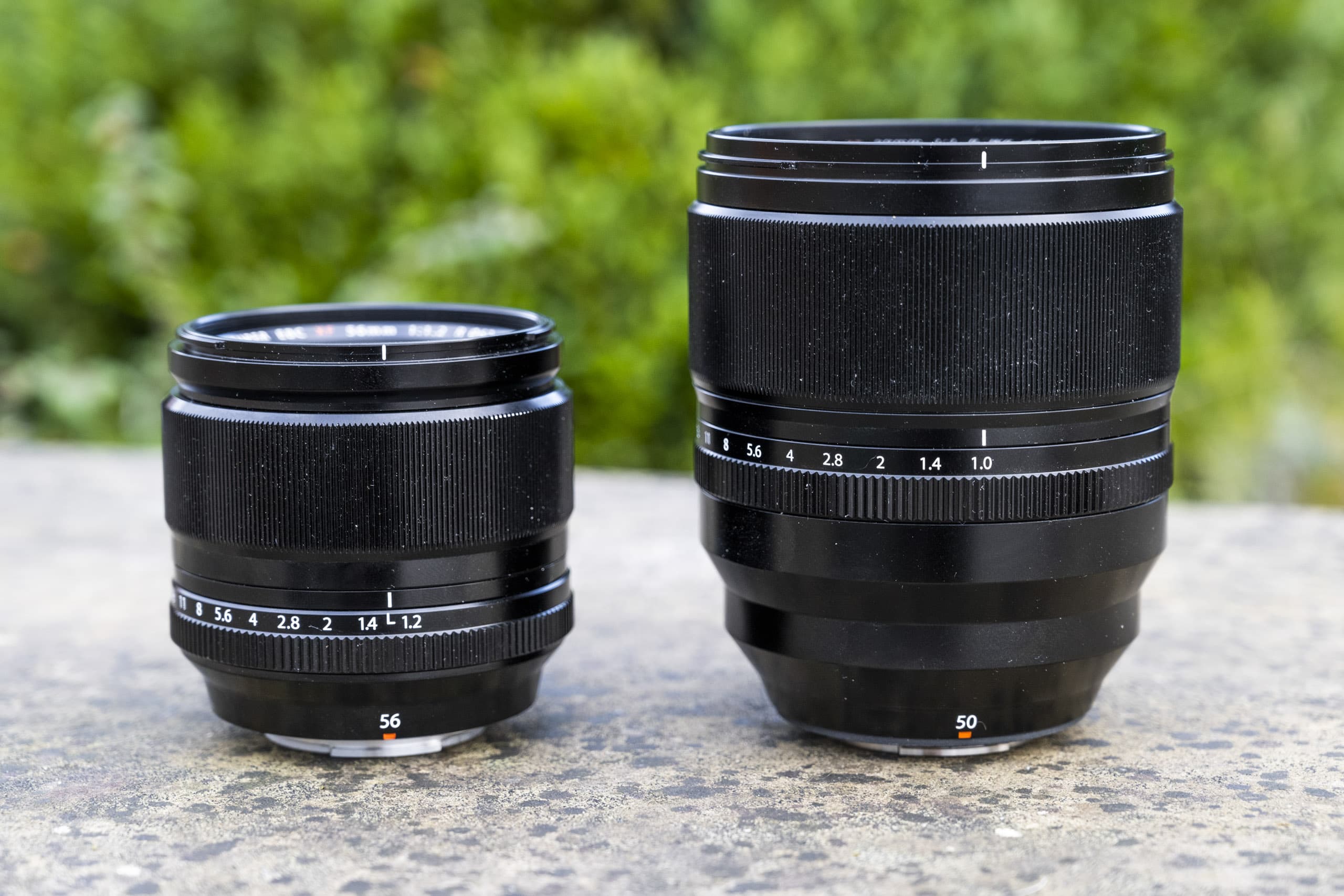
The size difference between the XF 56mm F1.2 R (left) and XF 50mm F1.0 R WR is clearly obvious in this side-by-side view
The configuration of 12 lens elements in 9 groups includes one aspherical lens at the rear and two ED elements towards the front. These are intended to suppress spherical aberration, field curvature and chromatic aberration while maintaining high optical quality from the centre to the edge.
With extra glass and a larger front element that accepts 77mm filters, it’s double the weight of the XF 56mm F1.2 R and four times heavier than Fujifilm’s petite XF 50mm F2 R WR. The most appealing thing about Fujifilm’s X-series for me has always been how small, light and portable the system is. Within minutes of picking the lens up I find myself questioning; could its bulk be its downfall?
The X-T4 and XF 56mm F1.2 R, which have a combined weight of 1012g, is such a practical combination to carry when shooting out and about. Swap over to the 50mm F1.0 and the extra 440g hanging off my shoulder is immediately noticeable. Only real-world testing would identify if it would be too cumbersome or not.
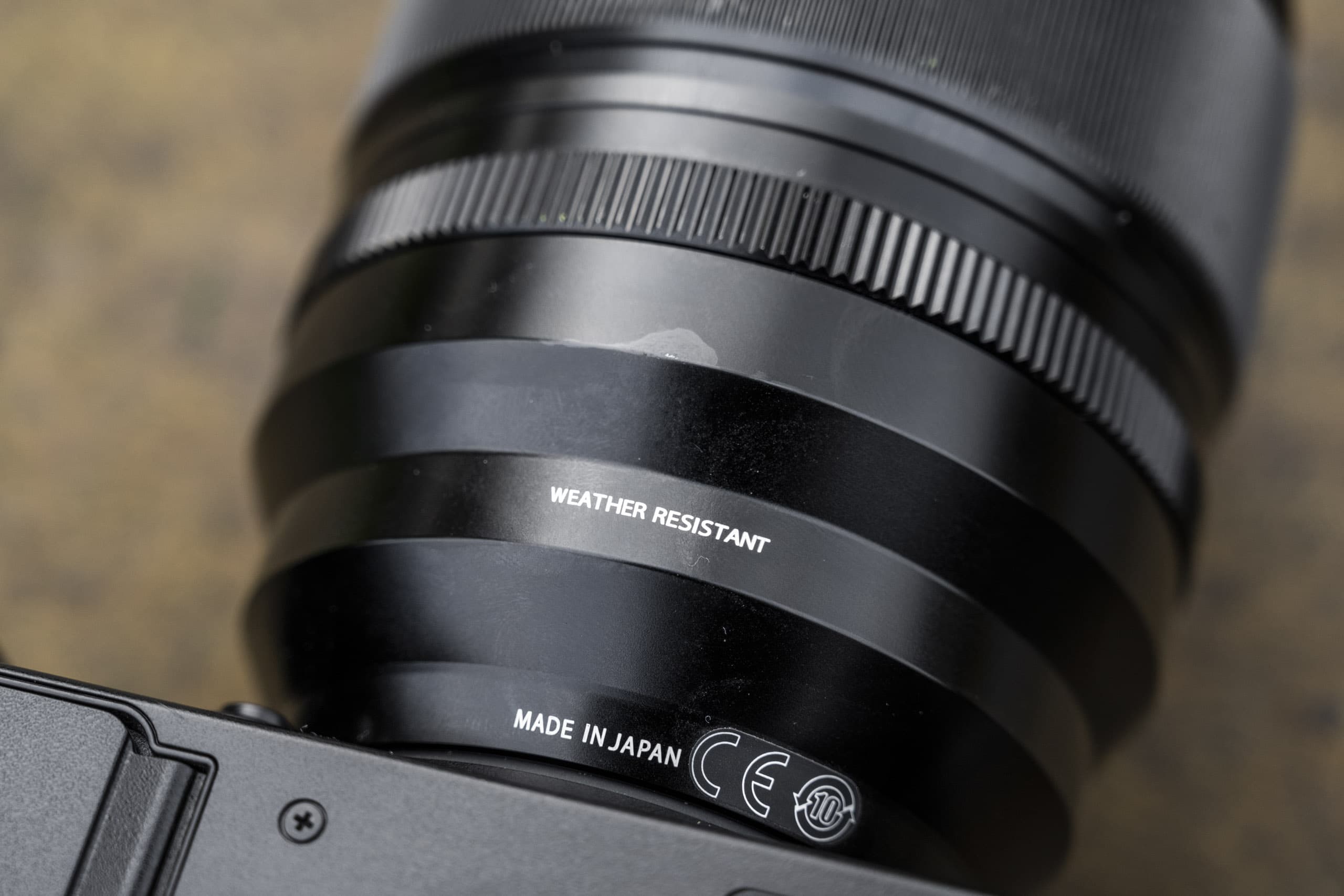
As to be expected on a lens at its price (£1499), weather seals are included within its construction
The lens has all the trademarks of a well-made Fujifilm prime and bestows a robust metal barrel with a premium finish. It’s weather resistant unlike the XF 56mm F1.2 R and boasts a mechanical aperture ring that clicks positively every third of a stop.
Fujifilm has yet to embrace the idea of declicked aperture rings on their lenses, which would have been fitting on this prime given its appeal to a stills and video audience. There is the option to set the aperture ring to its ‘A’ setting and control the aperture from the camera, however the command dials on X-series models like the X-T4 click louder than the aperture ring.
Noisy aperture control aside, first impressions are mostly positive. It’s neither small nor light, but on a body that handles as well as the X-T4 it feels surprisingly well balanced. Anyone using small X-series cameras like the X-T30 or X-T200 will be more inclined to buy the dinky XF 50mm F2 R WR (£429) that won’t make them feel unbearably front-heavy, which this lens would.
Fujifilm XF 50mm F1.0 R WR: What’s it like to use?
It’s one thing designing a lens with a fast maximum aperture of f/1, but it’s another thing entirely making one that has reliable autofocus. Reading a number of forum posts prior to shooting with the lens highlighted a few concerns from X-series users that it may struggle to find accurate focus wide-open and be able to shift its heavy focus group fast enough.
So how does the worlds’s first mirrorless lens with a maximum aperture of f/1 and autofocus perform? Switching between the XF50mm F1.0 R WR and XF56mm F1.2 R on a portrait shoot in favourable lighting conditions highlighted the former to be ever so slightly more responsive than the latter. I wouldn’t go as far as saying it’s sluggish, then again I wouldn’t class it as fast either. It’s somewhere in-between and perfectly adequate provided you’re not shooting high-speed action.
As I’d envisaged, it’s a lens you have to be patient with to ensure correct focus is achieved exactly where you want it when it’s used wide open at f/1. There were a few occasions when it missed focus altogether or would hunt for focus when shooting directly towards the light. I opted to take the approach of shooting more than less to make sure I had a good selection of pin-sharp shots among those that weren’t as sharp as I’d have liked.
Flicking the X-T4’s focus mode switch and attempting a few shots using the manual focus ring let me refine the focus precisely, however with such an incredibly shallow depth of field at f/1 and the smallest of movements enough to throw the eyes out of my model out of focus, I found myself reverting back to autofocus that led to a higher hit rate of sharp shots using the X-T4’s effective eye detection.
Noisy whirring from the stepping motor was observed as it focused. Though it’s not any louder than the XF56mm F1.2 R in use, the whirring did grate on me a bit and can be traced in audio recorded by the in-built microphone when working in quiet surroundings.
Did the extra heft of the lens bother me? As someone who likes to hold their camera in their right hand and often uses their left hand to offer direction, or hold a reflector, I found the X-T4 and XF50mm F1.0 R WR was putting more strain on my right hand than I’m used to.
The weight of the lens didn’t bother me as much when I was supporting the barrel in the palm of my left hand, but each time I went back to the XF 56mm F1.2 R it felt more comfortable to shoot with.
Fujifilm XF 50mm F1.0 R WR: Working without an ND filter
I’d packed a 77mm ND filter thinking it might be tricky to shoot at f/1 in bright sunny conditions, however it wasn’t used. Instead, I opted to keep the ISO sensitivity as low as possible and took advantage of the X-T4’s electronic shutter that sanctions the use of shutter speeds as high as 1/32000sec.

Fujifilm cameras like the X-T4 allow shutter speeds of up to 1/32,000sec to be used in combination with the electronic shutter. This is extremely useful when you’d like to use wide apertures (such as f/1) in extremely bright shooting conditions like those I was presented with.
Shooting in aperture priority and setting the shutter type to mechanical+electronic instructed the camera to use the mechanical shutter up to 1/8000sec. In bright situations where a faster shutter speed was needed to ensure the image wasn’t overexposed, the electronic shutter automatically took over and allowed me to continue shooting at wide apertures without any interruption.
Fujifilm XF 50mm F1.0 R WR: Image quality
After a busy afternoon testing the lens, I was eager to get back to my desk to assess image quality. Within seconds of importing images into Lightroom the thing that immediately became obvious is how the lens really makes portrait images sing.
Filtering out my best shots that had been taken at its maximum aperture revealed a dreamy quality to defocused backgrounds with cat’s-eye bokeh towards the edges of the frame. Stopping down to f/2 sees these specular highlights turn circular towards the edge and the depth of field is evidently less shallow than it is at f/1.
Intrigued to find out just how sharp it is and if it returns results that are deemed to be sharp enough to be used wide-open on a regular basis, I began inspecting the 1200 shots I’d taken earlier in the day. Provided focus is nailed at the point of capture the lens can be used at f/1 to good effect. That said, users shouldn’t expect images to be as bitingly sharp at f/1 as they are when it’s stopped down.
Comparing like-for-like images with the XF56mm F1.2 R revealed centre sharpness at both lenses respective maximum apertures is nigh on identical and it’s much the same story at the corners. Stopping down from f/1 to f/1.8 sees an improvement in centre sharpness and it sharpens up nicely between f/4 and f/5.6, which is where I’d say its sweet spot is. Reputable sharpness is upheld up to f/11, with diffraction taking the edge off fine detail at f/16.
The built-in lens profile that’s automatically applied to raw files is effective at mitigating vignetting and chromatic aberration, though they’re not removed entirely. Vignetting vanishes by f/2, while the green and purple fringes of colour I identified along high-contrast edges were easily dealt with by increasing the defringe amount sliders to a value of 10 in Lightroom.
Distortion is rarely a concern on short telephoto primes and this lens is no different. Horizontal and vertical lines are faithfully recorded with no signs of bowing.
Fujifilm XF 50mm F1.0 R WR: Final thoughts
It’s not uncommon for incredibly fast primes to pick up a reputation for being too big, too heavy and impractical to use wide open with their extremely shallow depth of field. On top of this, they often fetch preposterous prices. Take Nikon’s Z 58mm f/0.95 S Noct for example that costs a staggering £8,299 and is manual focus only.
My initial fear that Fujifilm’s XF 50mm F1.0 W WR might be a statement lens, one by which I mean shows off what the company is capable of producing rather than actually being practical to use, was immediately put to rest as soon as I started using it.
It’s not mind-blowingly fast to focus, it’s a bit noisy, the aperture ring can’t be declicked and there were occasions when it didn’t nail focus, but despite these points it’s the easiest super fast aperture prime I’ve used and delivers delightful bokeh with charming character.
For an f/1 lens it represents remarkably good value too and gives X-series users a premium option above the XF 50mm F2 R WR and XF 56mm F1.2 R to consider. Has it become a new all-time favourite of mine? I suspected it might, but in truth it hasn’t.
As impressed as I am by the lens and the images I captured with it, the fact that the XF 56mm F1.2 R is just as sharp, focuses at similar speed, produces gorgeous bokeh of similar quality and is more in keeping with the size of the X-series system are reasons I still consider it my favourite X-series prime.
And did I mention price? Buying the XF 56mm F1.2 R new, or in excellent used condition, can save £680 or £890 respectively over the XF 50mm F1.0 R WR. That’s a tidy sum of money I’d rather put towards another lens.


